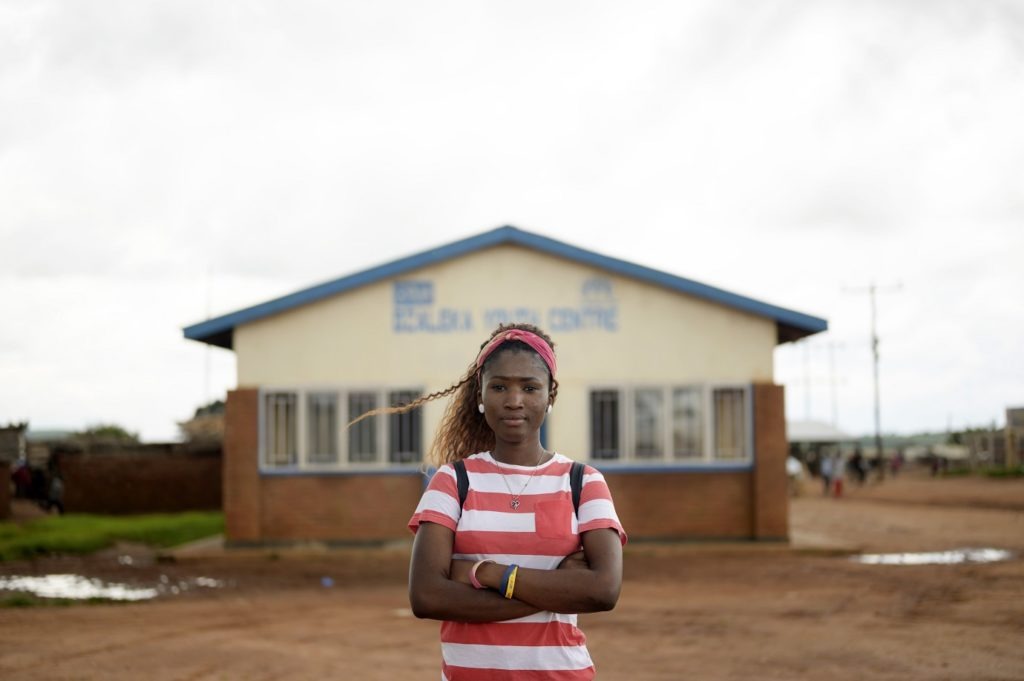Investing in girls’ education around the world should be prioritised as we emerge from the COVID-19 crisis, particularly as it has the potential to deliver unparalleled economic returns.
New research from Plan International and Citi Global Insights has revealed that if emerging economies can achieve a 100 per cent secondary school completion rate for adolescent girls by 2030, it could see their GDP boosted by 10 per cent.
A total investment of just $1.53 per day, per girl in emerging economics would have a significant impact on a country’s economic potential, and also help countries meet the UN’s Sustainable Development Goals for 2030.
Before the pandemic, 130 million girls were out of school, and according to UNESCO, a further 11 million may not return to school after the crisis. More than 85 per cent of girls in low-income countries do not complete secondary school.
Gender discrimination leaves adolescent girls more vulnerable than boys, and they consistently face barriers in accessing and completing quality education. Around the world, girls are less likely to become economically independent, participate in the labour force and live free from violence.
CEO of Plan International Anne-Birgitte Albrectsen says COVID-19 recovery plans that prioritise investment in girls’ education and wellbeing will help communities and economies rebuild stronger.
“But importantly, this must be comprehensive investment not just in education itself, but in dismantling all the various barriers to girls’ empowerment, from child and early forced marriage to gender-based violence and early pregnancy,” Albrectsen said.
“As we can see from this study, holistic investment in all areas of girls’ lives will result in increased GDP, a high return on investment for countries and a more just world.”
The report, The Case for Holistic Investment in Girls – Improving Lives, Realizing Potential, Benefitting Everyone, compared investing in girls as a return on investment with alternative investments, like infrastructure. It was found that in emerging economies, investing in infrastructure would see a return on investment of 2 per cent by 2030, compared to 10 per cent for investing in girls.
And when the continuing ripple effects of properly educated girls are considered, even greater economic returns would materialise beyond 2030, according to the research. For example, improving the education and health of girls leads to a decrease in mortality and fertility rates, reduced healthcare costs, healthier and more educated children, and a reduction in inter-generational poverty.
When girls are educated, they are also more likely to become consumers and important economic agents, accelerating GDP growth through increased spending.
Susanne Legena, CEO of Plan International Australia, said in the Indo-Pacific region, investing in girls is crucial.
“With the Department of Foreign Affairs releasing 27 country-specific COVID-19 Development Response Plans last week and announcing an additional $10m for gender equality investments in the budget, this report is an important reminder that investing in adolescent girls is critical to driving economic recovery in the Indo-Pacific region” she said.
“Particularly, as we know that even before COVID-19, countries such as the Solomon Islands have troublingly low rates of secondary school enrolment for girls between the ages of 15 and 19.
We are yet to fully grasp the massive impacts that COVID-19 has had in disrupting adolescent girls education and economic empowerment in our region.”


